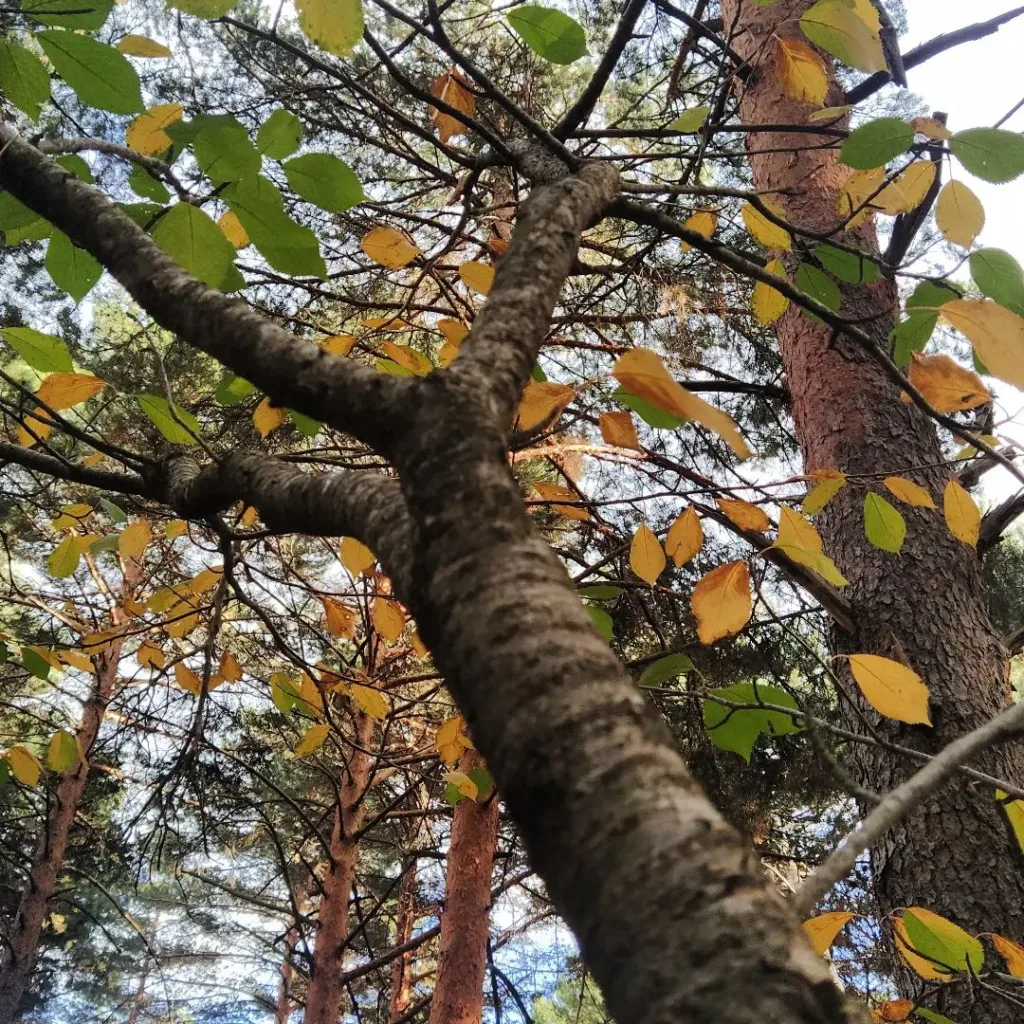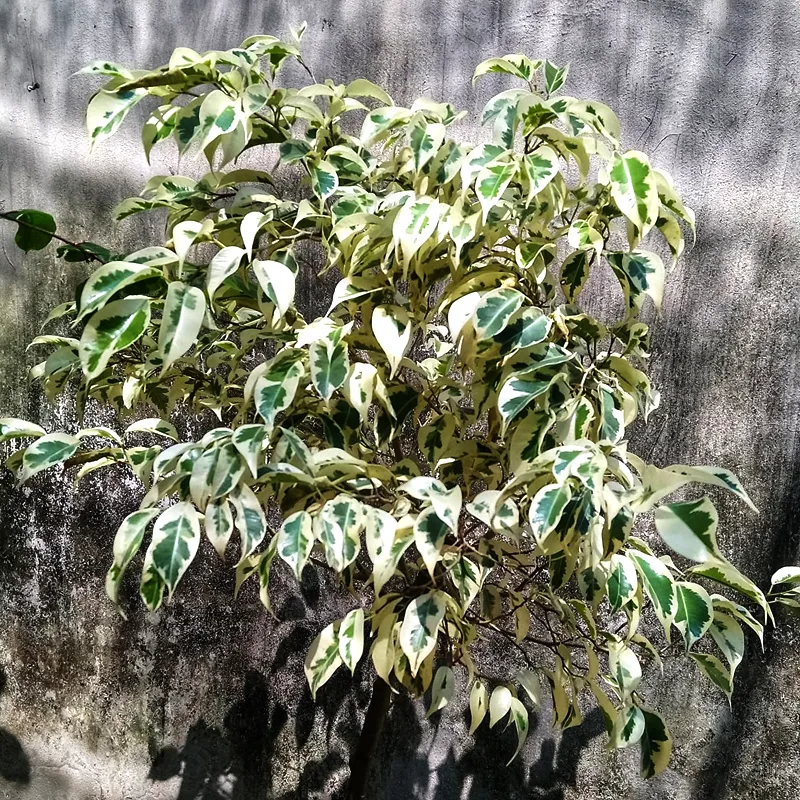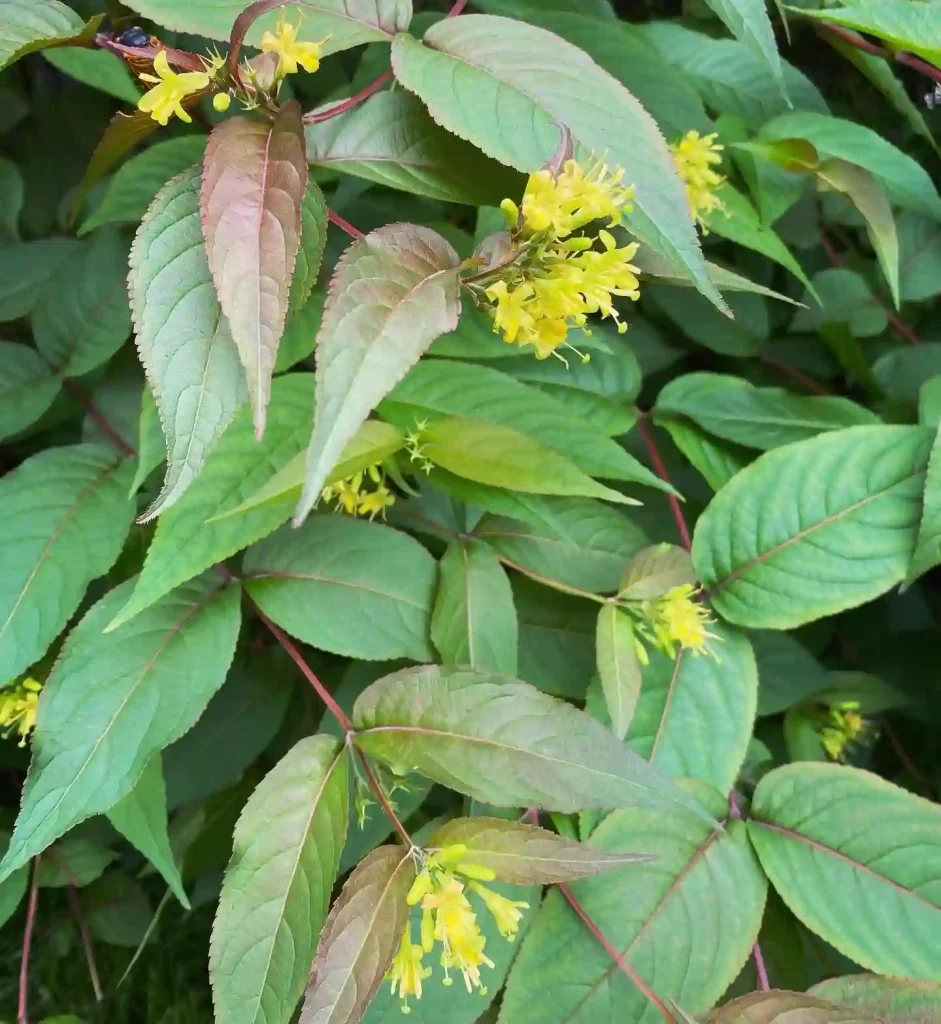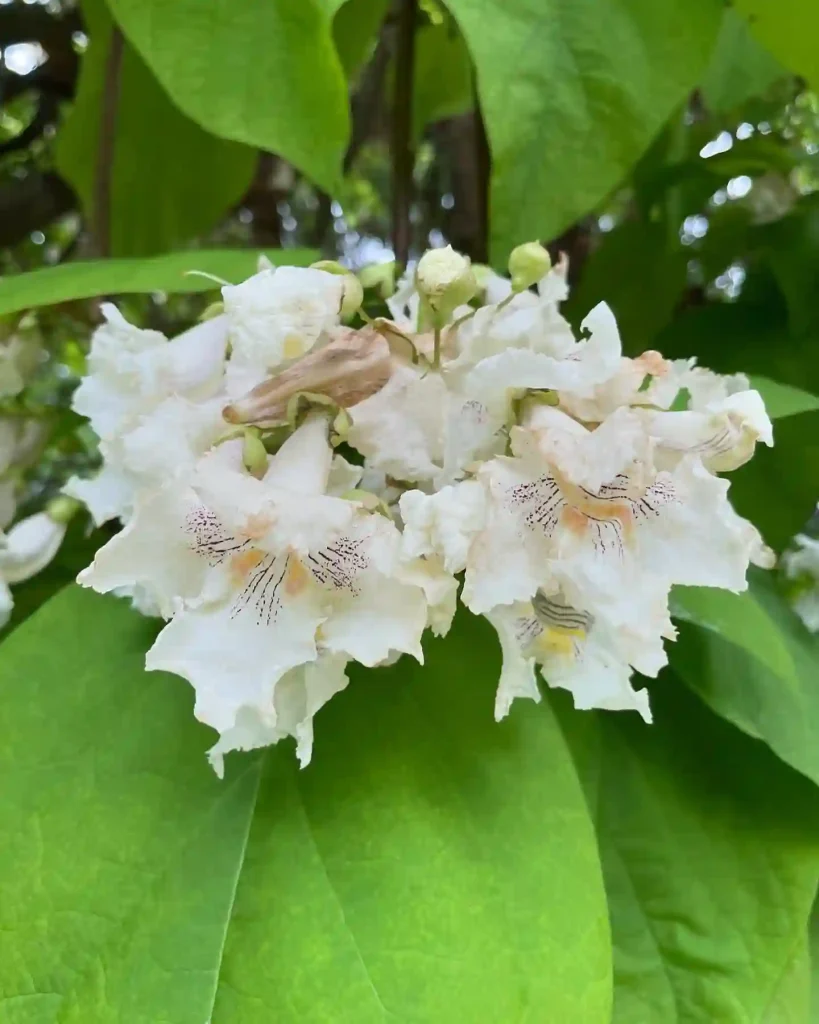Exploring the Winteraceae Family: My Journey into a Unique Plant Group
As a plant enthusiast, I’ve always been fascinated by the diverse families and genera that populate our world. One family that has recently caught my attention is the Winteraceae family. This intriguing group consists of several genera, including Drimys, Pseudowintera, Takhtajania, Tasmannia, and Zygogynum. I’d like to share my journey of discovery and what I’ve learned about these unique plants.
Understanding the Winteraceae Family
The Winteraceae family is primarily composed of evergreen shrubs and small trees, found mainly in the southern hemisphere. I was surprised to learn that these plants have a long history, with some species dating back to the time of the dinosaurs. This family is particularly known for its aromatic leaves and flowers, which have drawn the attention of both botanists and gardeners alike.
The family is often associated with the ancient Gondwana supercontinent, which explains its distribution across regions like Australia, New Zealand, and South America. I’ve found that exploring these plants gives me a sense of connection to ancient earth, a reminder of the resilience and adaptability of life.
Genera of Winteraceae
Drimys
One of the most captivating genera in the Winteraceae family is Drimys. I first encountered this genus through Drimys winteri, commonly known as the winter’s bark tree. This tree, with its glossy leaves and fragrant bark, is not only beautiful but also has a rich history of medicinal use. Indigenous peoples of South America have long utilized it for its antifungal and antibacterial properties.
I love the story of how Captain Cook used winter’s bark to prevent scurvy during his voyages. The tree’s bark contains high levels of Vitamin C, making it a valuable resource for sailors. It’s incredible how a simple plant can have such a significant impact on history and health.
Pseudowintera
Pseudowintera is another genus that piqued my interest. Known for species like Pseudowintera colorata, or the pepper tree, this genus is native to New Zealand. The leaves of the pepper tree have a spicy aroma and are often used in culinary applications, adding a unique flavor to dishes.
In my cooking experiments, I’ve found that incorporating the leaves of Pseudowintera not only enhances flavor but also offers a delightful kick. Learning about the cultural significance of this plant has deepened my appreciation for its role in Māori cuisine and traditional practices.
Takhtajania
Takhtajania is a lesser-known genus within the Winteraceae family, but its rarity makes it intriguing. With only one known species, Takhtajania perrieri, it’s endemic to Madagascar. This unique plant has adapted to its specific environment, showcasing the incredible diversity of the Winteraceae family.
I find myself drawn to its exotic nature. The leaves of Takhtajania are large and waxy, providing a striking appearance. The rarity of this plant makes me appreciate the importance of conservation efforts to protect its habitat. It’s a reminder of the fragile balance in our ecosystems.
Tasmannia
Tasmannia is a genus that includes several species native to Australia and New Guinea. One species that stands out is Tasmannia lanceolata, commonly known as the Tasmanian pepperberry. The berries are not only edible but also possess antimicrobial properties.
I’ve enjoyed experimenting with Tasmanian pepperberry in my cooking, using it to add a spicy, peppery flavor to various dishes. The experience of using native Australian ingredients has opened my eyes to the rich culinary traditions associated with these plants.
Zygogynum
Lastly, Zygogynum is a fascinating genus that primarily consists of shrubs found in New Guinea and surrounding regions. While not as well-known as the other genera, Zygogynum has unique characteristics that make it a valuable member of the Winteraceae family.
I find the distinct flowers of Zygogynum to be captivating. They often exhibit unusual colors and shapes, attracting various pollinators. Observing these plants in their natural habitat has been a rewarding experience, reinforcing my passion for botanical exploration.
Conclusion
In exploring the Winteraceae family, I’ve gained a deeper appreciation for the interconnectedness of plants and their environments. From the medicinal properties of Drimys to the culinary uses of Pseudowintera, each genus offers something unique and valuable. The rarity of Takhtajania reminds us of the importance of conservation, while Tasmannia and Zygogynum showcase the diversity of this family.
Whether you are a seasoned botanist or a curious beginner, I encourage you to delve into the world of the Winteraceae family. Each plant tells a story, and I am excited to continue my journey of discovery among these remarkable genera. The Winteraceae family is not just about plants; it’s about history, culture, and the enduring connection we share with nature.
If i die, water my plants!



